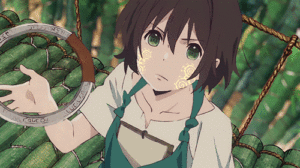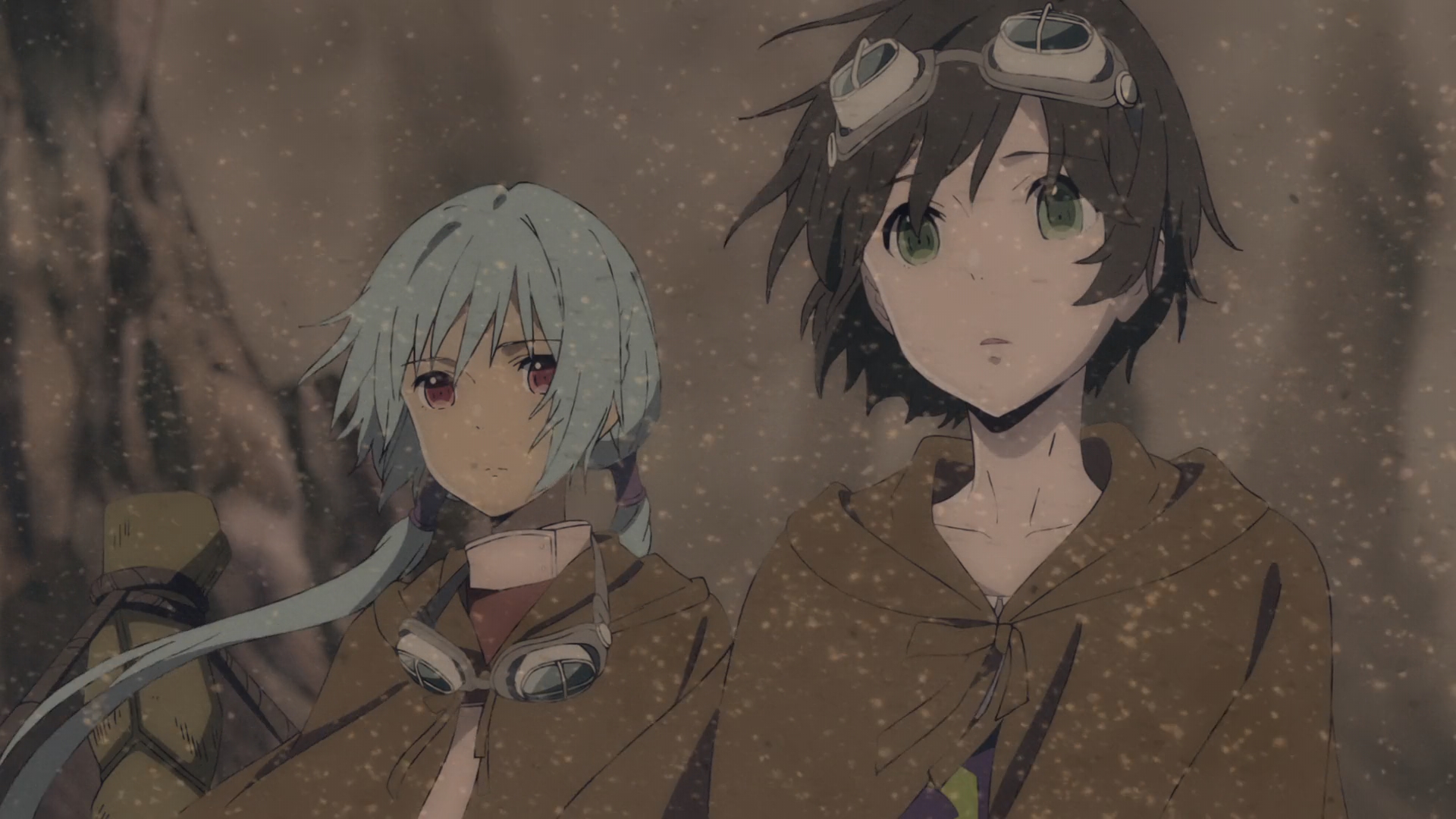I personally believe that attachment to the setting and characters are the primary factor to create a captivating story. Often times, it’s not the circumstances that should be emphasized, but the captivation behind the circumstances. You could have the most gripping and heart-wrenching storyline, but if you feel no sympathy or empathy for the characters, then what’s the point? Telling a tragic tale is not an easy task, however, but if done correctly, it can become a masterpiece that stands the testament of time. The sleeper-hit of 2017, Children of the Whales, attempts to tell such a tragic tale. But whilst it does some elements wonderfully, it also falls victim to some of the storylines tropes I’ve mentioned earlier.
The world of Children of the Whales is a very intricate one. Taking place in an endless sea of sand, 512 residents live on an island known as the Mud Whale, in which they live their lives surviving as a community. Within the Mud Whale, there are those who are “marked”, humans that inhabit supernatural abilities in exchange for a shorter lifespan, and those who are unmarked. Due to their shorter lifespan, those who’re unmarked rule the community, causing an uproar within the civilization (yes, this gets political). This is only the scratch of the surface, as there are Guardians, Vigilante Corps, and so many other components. The setting is by far the best aspect of this anime; everything about it was so enticing and well thought-out that I honestly wouldn’t be surprised if this took many years to plan. It also helps that the animation for this show is astonishing to look at. With vibrant colors oozing out of every scene this was a spectacle to watch.
In this journey, we follow the protagonist Chakuro, an archivist on the Mud Whale. Because death is a commodity amongst the residents, it’s unusual for somebody to cry when one moves on. Chakuro, however, is the exception, as he’s affected with each and every death of those around him (which plays into a major theme throughout the series). Chakuro refuses to let anyone’s powerful memories be forgotten by their death, so he goes onto write anything and everything he experiences so he can leave their “mark” on the world (HAHA get it), but there’s a plot twist that wasn’t expected: everything is a lie, don’t expect the summary I just mentioned to be the basis of the show, and trust me when I say that things take a left turn.

This show is nothing it set-out to be, which was both a positive and negative thing. Unfortunately, it’s hard to graze this anime in detail without getting into such spoilers; however expect a lot of death to go on. And that was my main issue with Children of the Whales, the overabundance of death that felt unnecessary and only was added in for the shock factor. This in it of itself isn’t a delta, but with a mere 12 episodes to span, there isn’t much room for character development. It becomes hard to care about anyone when you already innately know they’re just going to bite the dust within the next 10 minutes.
Thankfully, the profound world-building adds enough interesting into this anime to keep it from being unbearable. The animation and sound compliment the world in such astounding ways that it really adds to the watching experience and immersion of the anime. Characters themselves (before they died) had interesting personalities; my particular favorite being Ouni, the anti-hero of the show and a character with an agenda of his own.
With the ending of Children of the Whales, it’s clear there will be a second season to follow-up. This can either replenish or further deteriorate the quality of this show, but for the excitement and curiosity swelling within for the second season despite its massive amount of problems. I’d say this anime is worth the go.
STORY: 7
ANIMATION: 9
SOUND: 8
CHARACTERS: 6
PERSONAL ENJOYMENT: 7





